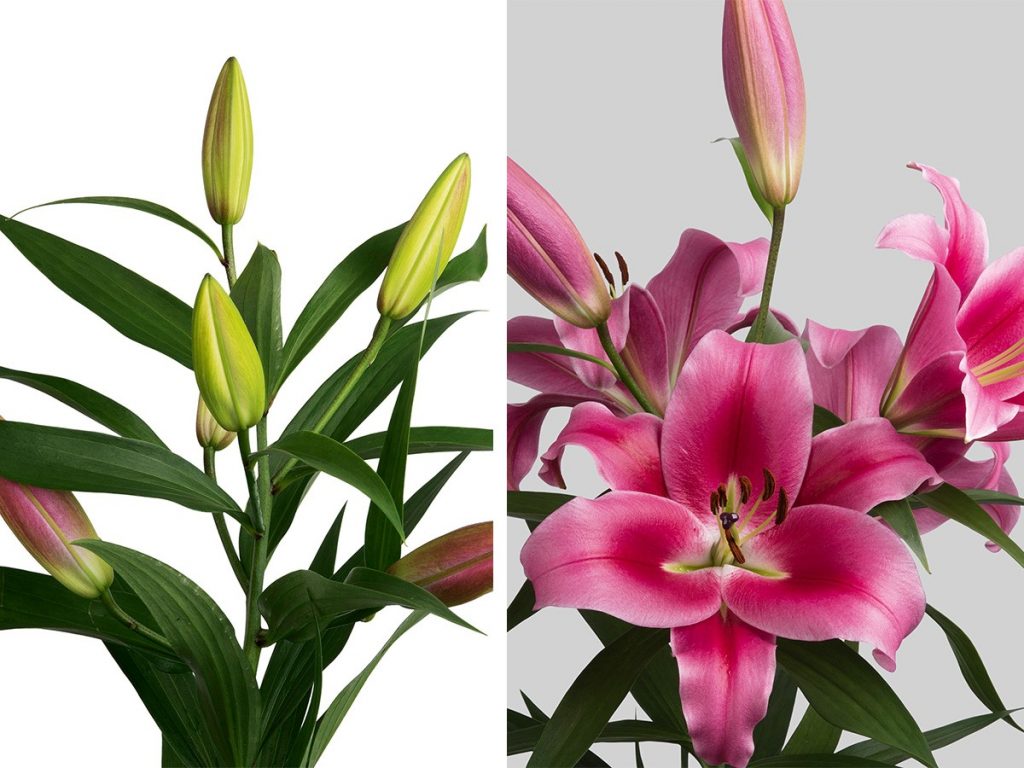
When it comes to cultivating and handling lilies, timing is everything. Achieving the optimal cutting stage is crucial for ensuring that these elegant blooms maintain their beauty and quality from the grower to the consumer. However, their journey from the field to the vase involves critical decisions about their cutting stage.The right timing can make all the difference in how well the flowers perform post-harvest.
Harvesting lilies at the perfect stage ensures that they not only look their best but also have a longer vase life, providing greater value to consumers and sellers alike.
Understanding Lily Maturity Stages
Lilies, like many other flowers, are often harvested before they reach full bloom. The maturity stage at which lilies are cut significantly affects their appearance, longevity, and overall quality. The ideal cutting stage for lilies is typically referred to as “maturity stage 1.” At this stage, the flowers are not yet fully open but are close to beginning their blooming process. This stage strikes a balance between visual appeal and practicality for transport.
While fully open lilies (maturity stage 5) are visually appealing, their delicate nature makes them less practical for transportation. The petals of fully open lilies are more susceptible to damage, which can affect their quality and longevity once they reach the end consumer. Hence, harvesting lilies at an earlier stage ensures they are resilient enough to withstand the journey from grower to retailer and eventually to the consumer.
The Impact of Cutting Stage on Flower Quality
The stage at which lilies are cut has a direct impact on their quality and vase life. Typically, lilies are harvested just before they are about to open fully. This approach is practical for shipping and handling, as it minimizes the risk of damage during transit. However, research and experience show that the more mature the flower at the time of cutting, the higher its overall quality.
Flowers that remain on the plant for a longer period tend to have a longer vase life and better intensity of color. The additional time on the plant allows the flower to develop more fully, enhancing its overall appearance and longevity. This is because the flowers continue to receive nutrients and energy from the plant, which contributes to their final quality.
Optimal Enjoyment across the Supply Chain
To ensure that lilies are enjoyed at their best by everyone in the supply chain, it is ideal to deliver them with one flower fully open per branch. This strategy allows each stage of the supply chain—from growers and wholesalers to retailers and consumers—to appreciate the lilies in their prime.
When lilies are delivered with just one flower open, it provides a beautiful visual display while allowing the remaining buds to open naturally over time. This approach not only enhances the aesthetic appeal of the flowers but also maximizes their overall value by ensuring they reach consumers in the best possible condition.
The Benefits of Harvesting Riper Flowers
There is a growing recognition that harvesting lilies at a more mature stage can offer significant benefits. Contrary to the common perception that older flowers are less desirable, more mature lilies can actually provide superior vase life and intensity. This is because the extended time on the plant allows the flowers to develop more fully, resulting in a richer color and better overall quality.
Changing the mindset about mature flowers is essential for optimizing their value. Florists and retailers should be open to working with more mature products, even if it means a shorter sales window. The enhanced quality and longevity of the blooms make it worthwhile, as consumers are likely to appreciate the superior appearance and lasting power of the flowers.
Flower Maturity Stages in the Market
In the flower market, blooms are generally classified according to specific maturity stages, as outlined by auction regulations. These stages are:
- Raw and Closed: The flower is completely closed and has not started to open.
- Slightly Open: The flower shows initial signs of blooming, with a few petals beginning to open.
- Beginning to Bloom: The flower is starting to open, with some petals visible.
- Partially Open: The flower is clearly open but not yet fully in bloom.
- Fully Open: The flower is in full bloom, with all petals open and visible.
Different flowers have varying optimal cutting stages. For instance, Anthuriums, Gerberas, and many Chrysanthemums are often harvested at stage 5 to showcase their full beauty. On the other hand, lilies and similar flowers may be cut at earlier stages to ensure they continue to bloom beautifully after harvest. Therefore, the ideal cutting stage for lilies involves balancing the need for visual appeal with practical considerations for transport.
